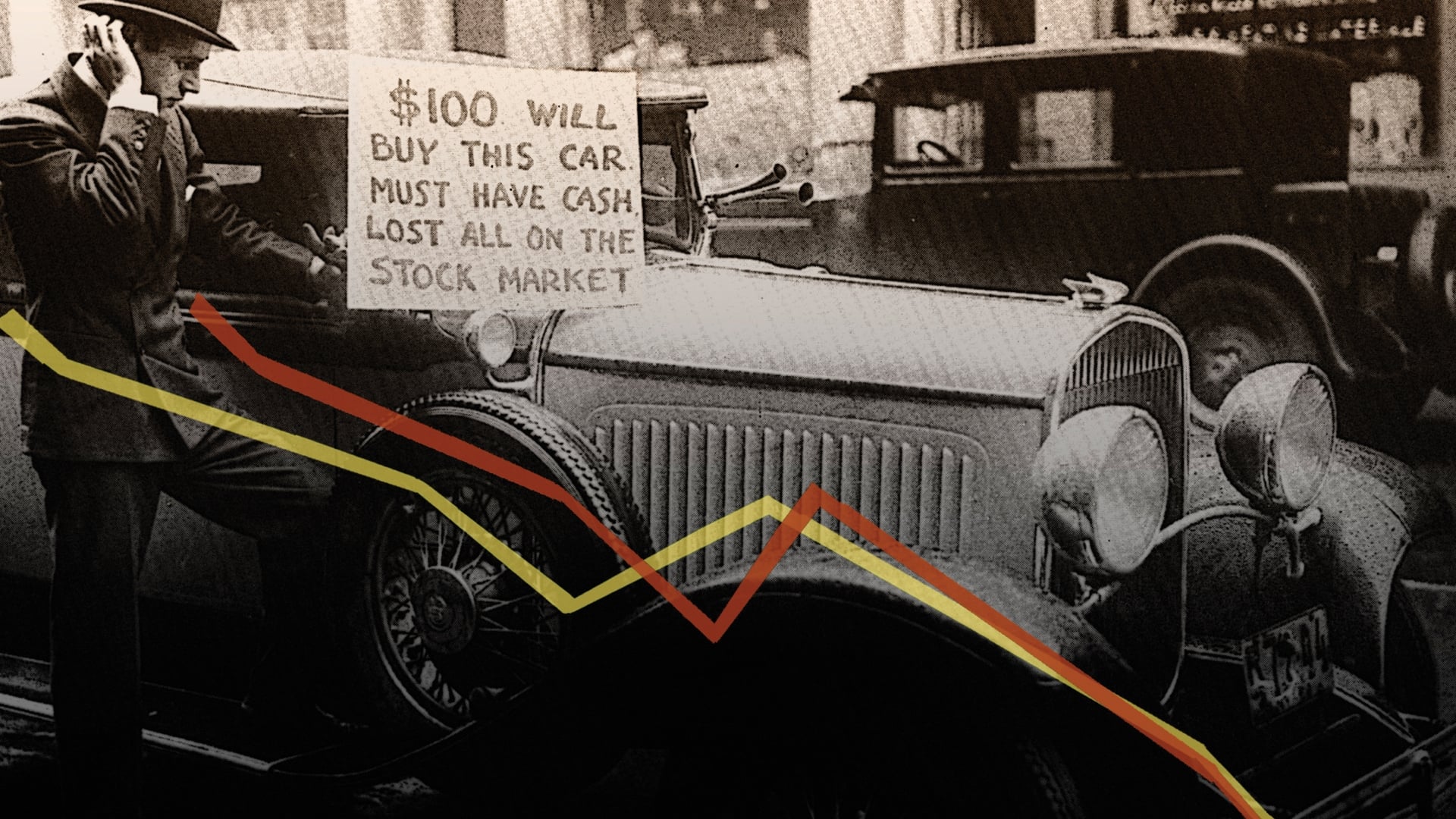
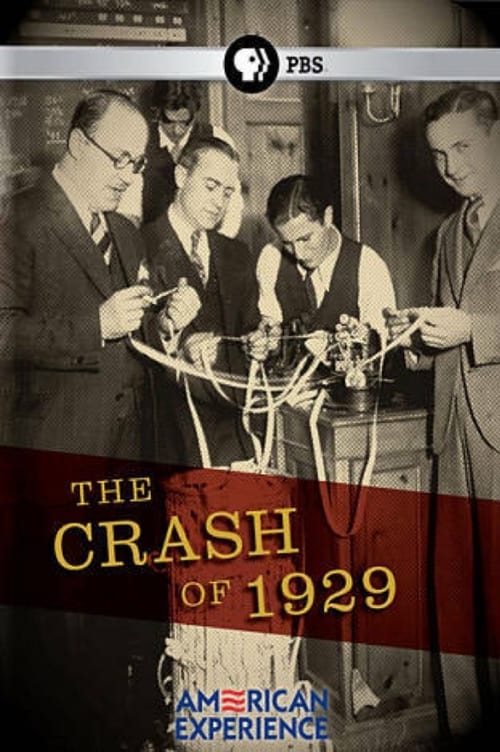
Based on eight years of continued prosperity, presidents and economists alike confidently predicted that America would soon enter a time when there would be no more poverty, no more depressions -- a "New Era" when everyone could be rich. But when reality finally struck, the consequences of such unbound optimism shocked the world.
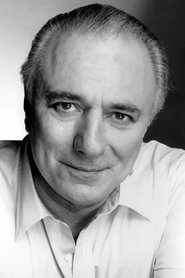
Narrator

Self

Self (archive footage)
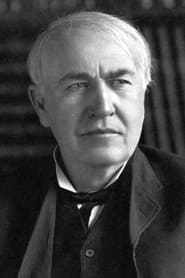
Self (archive footage)
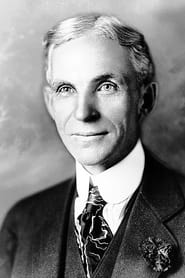
Self (archive footage)

Self (archive footage)
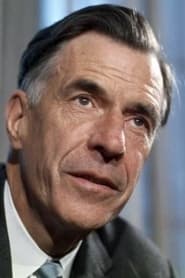

Self (archive footage)

Self
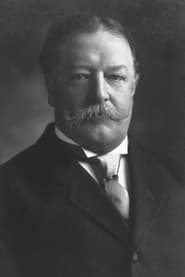
Self (archive footage)
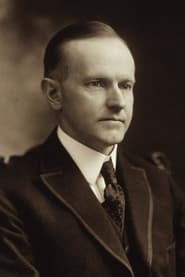
Self (archive footage)